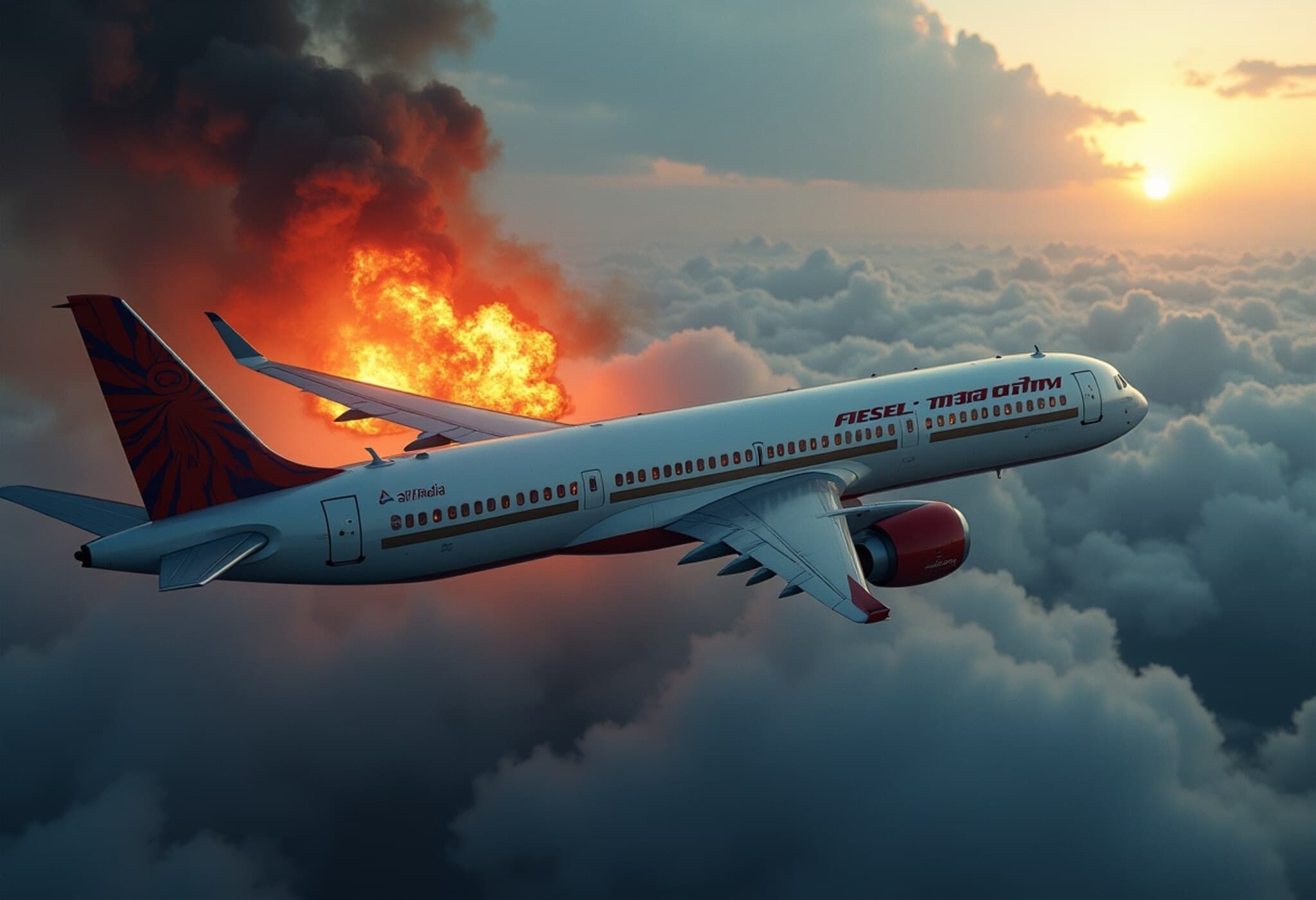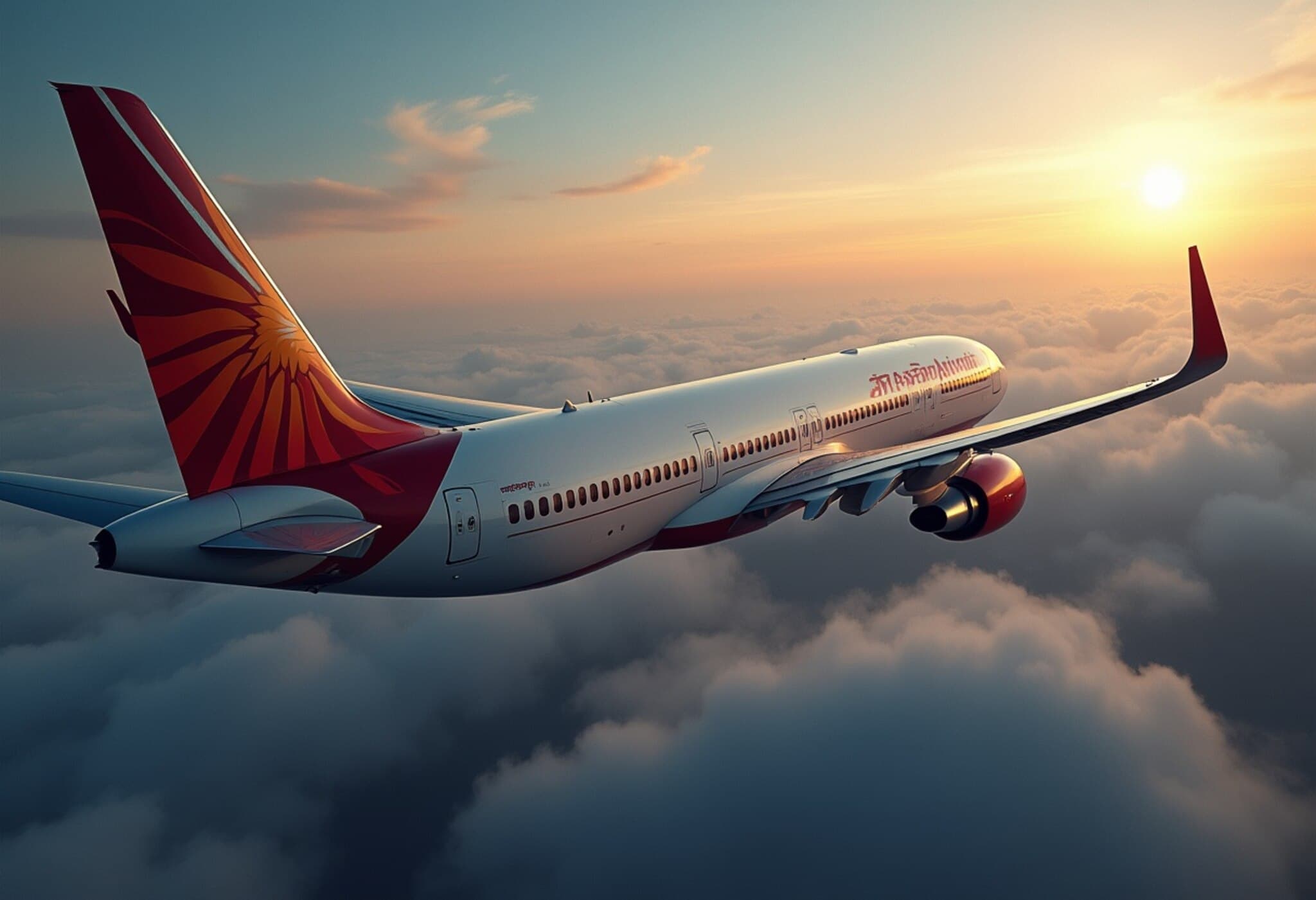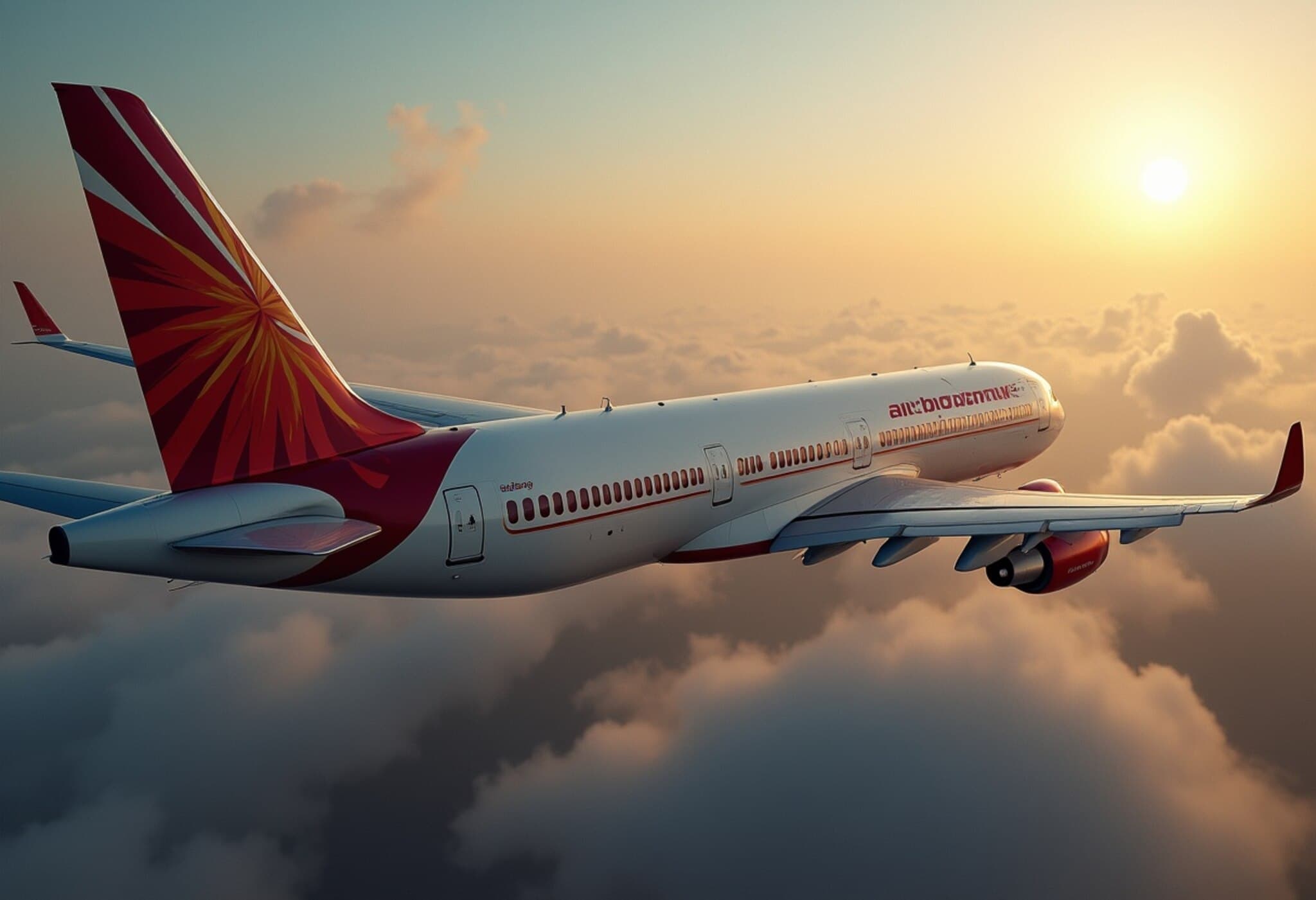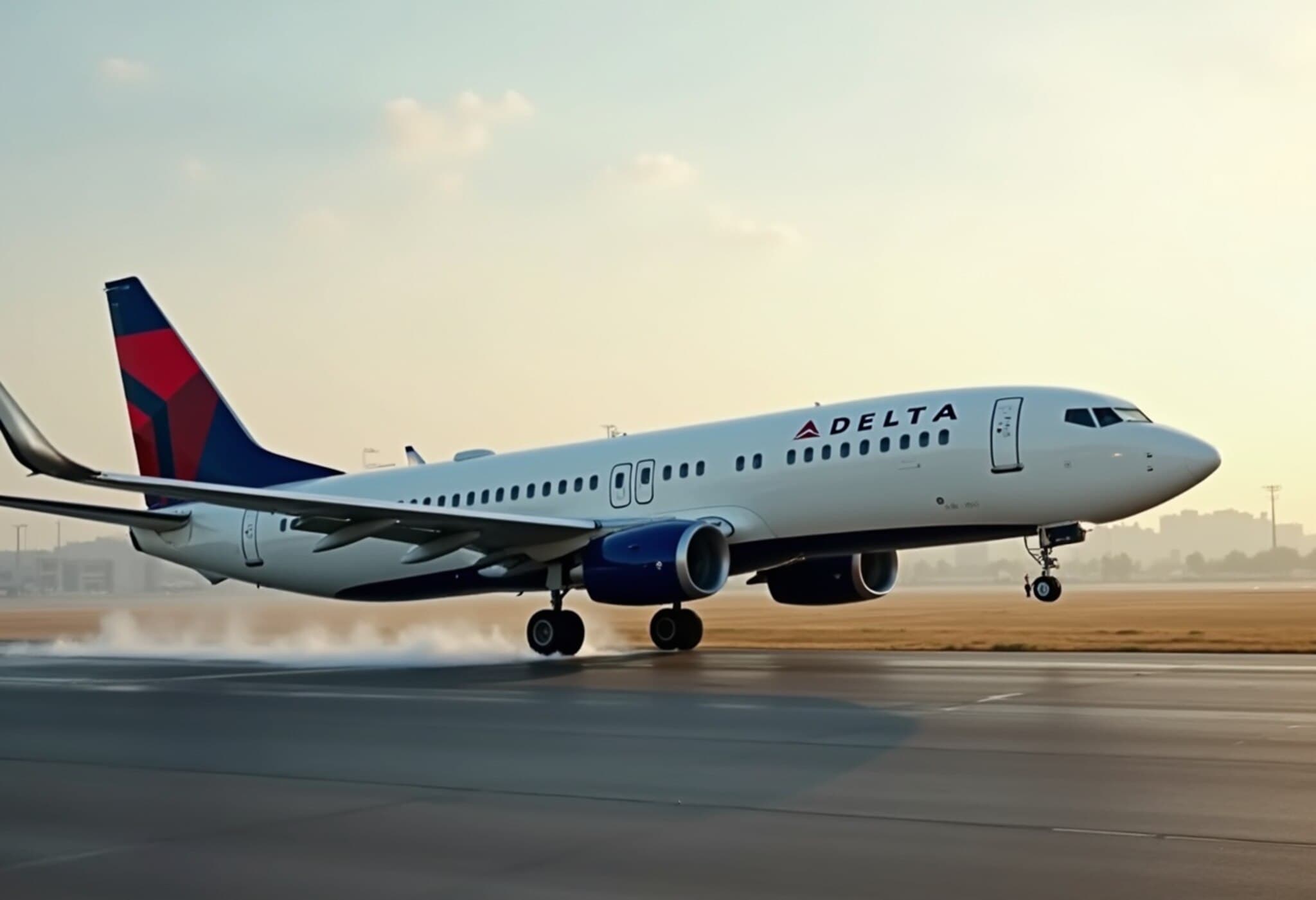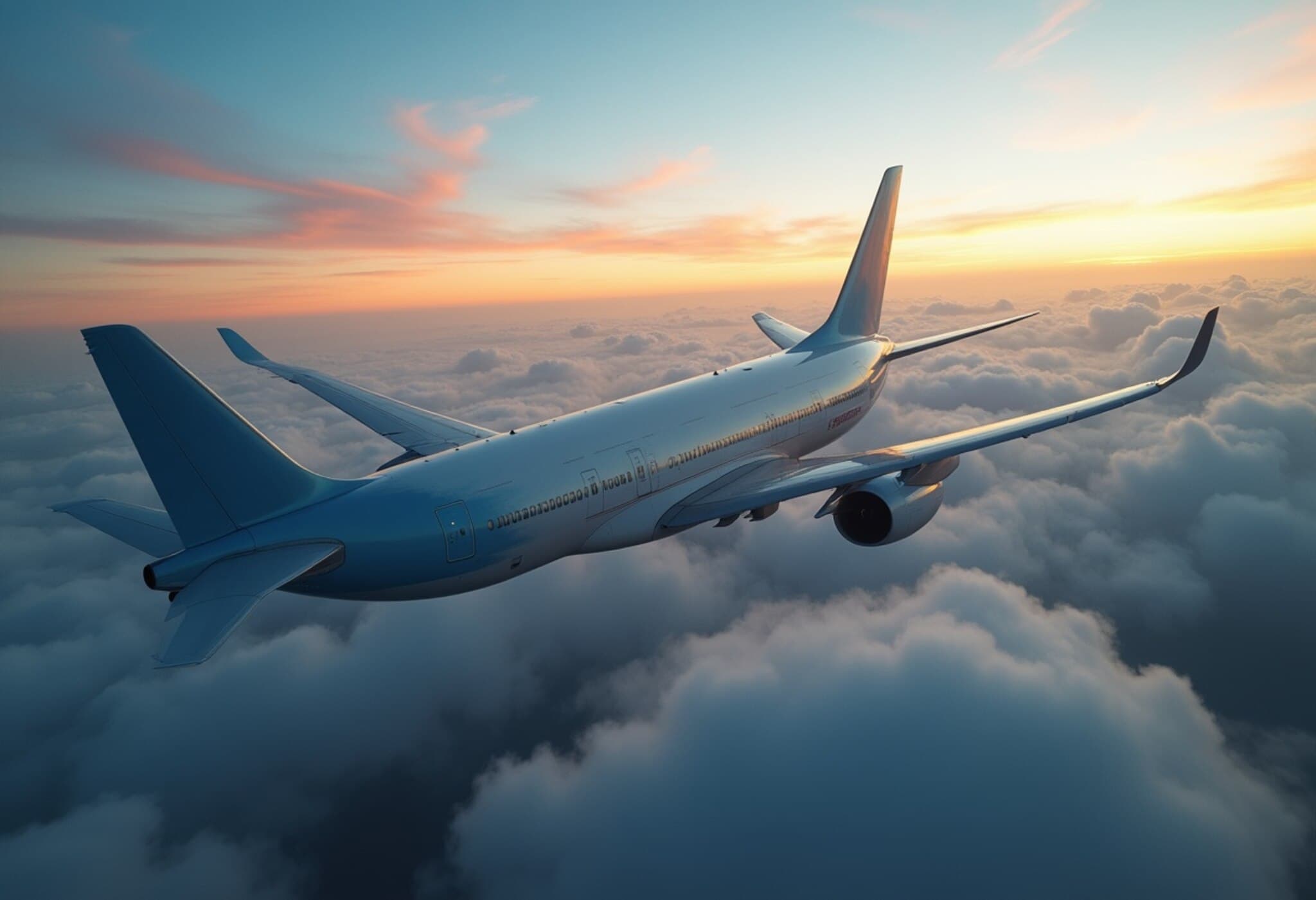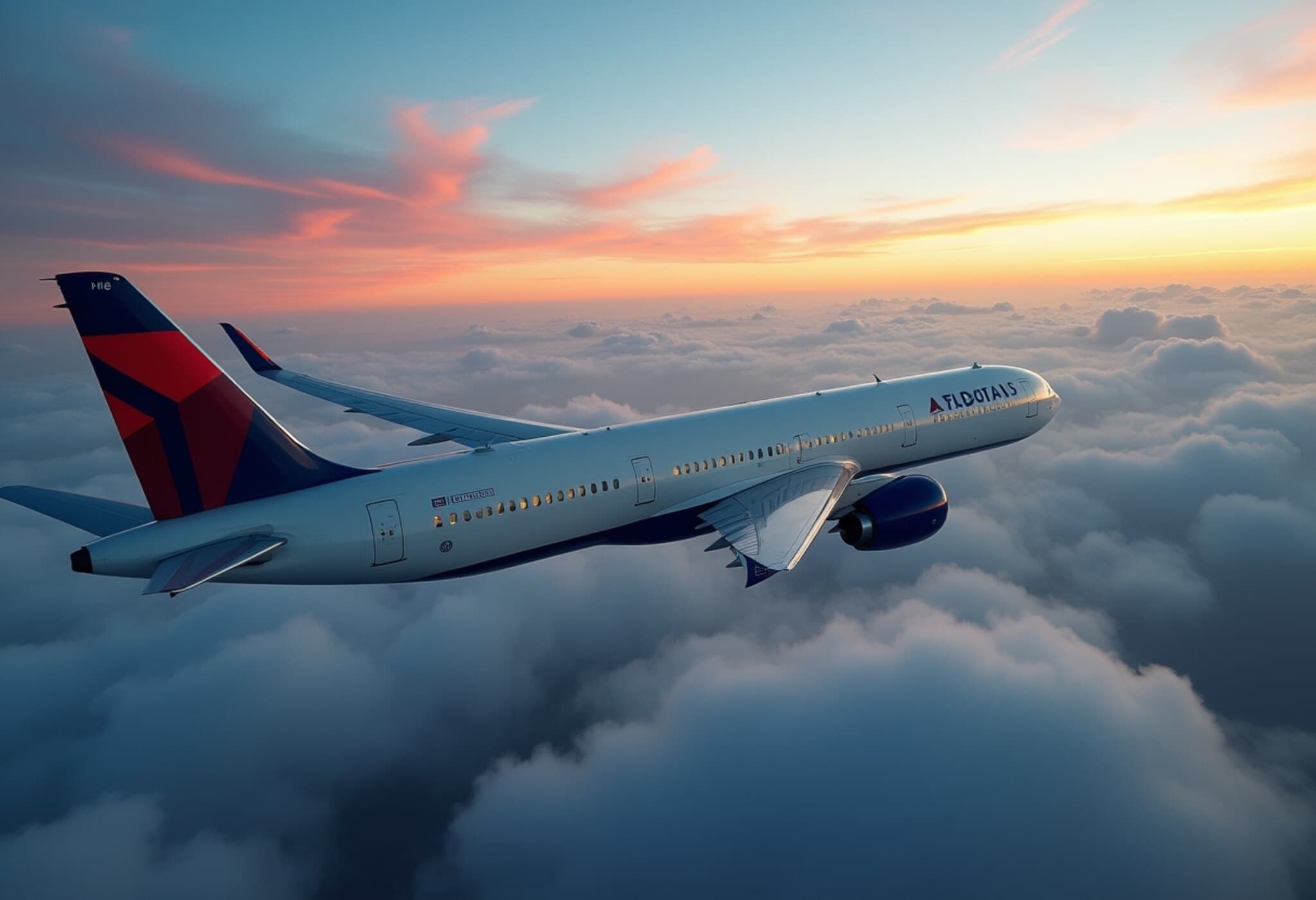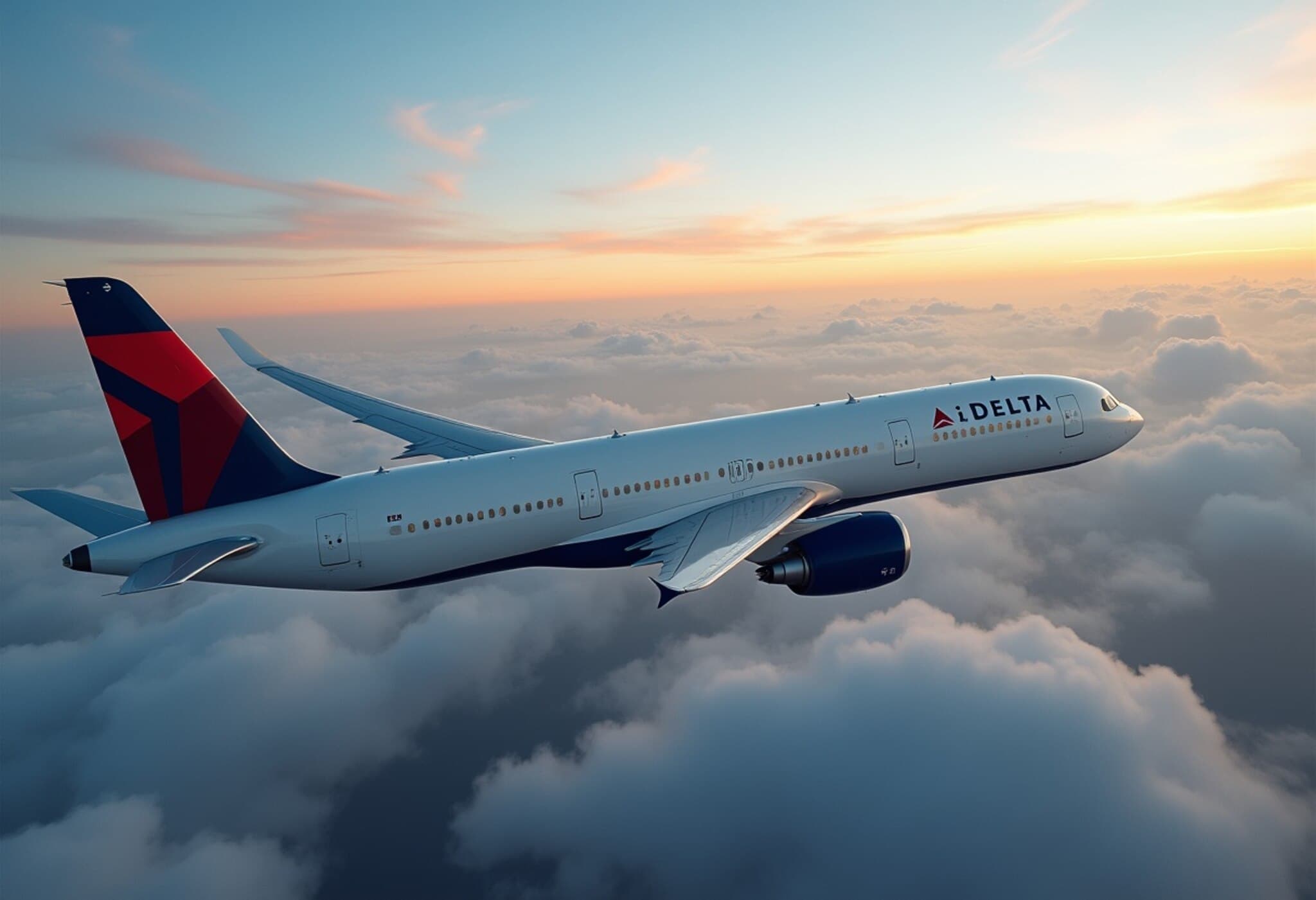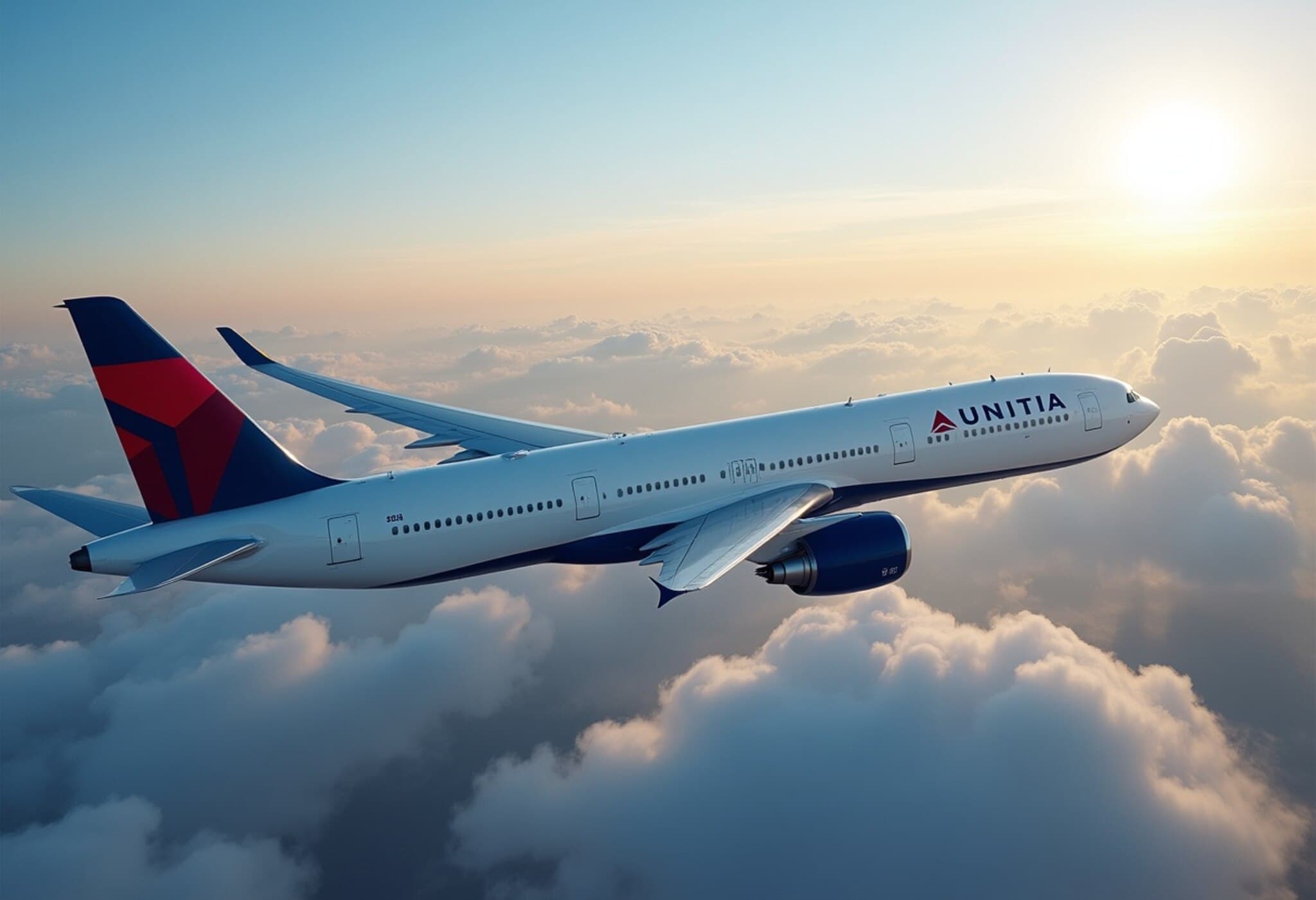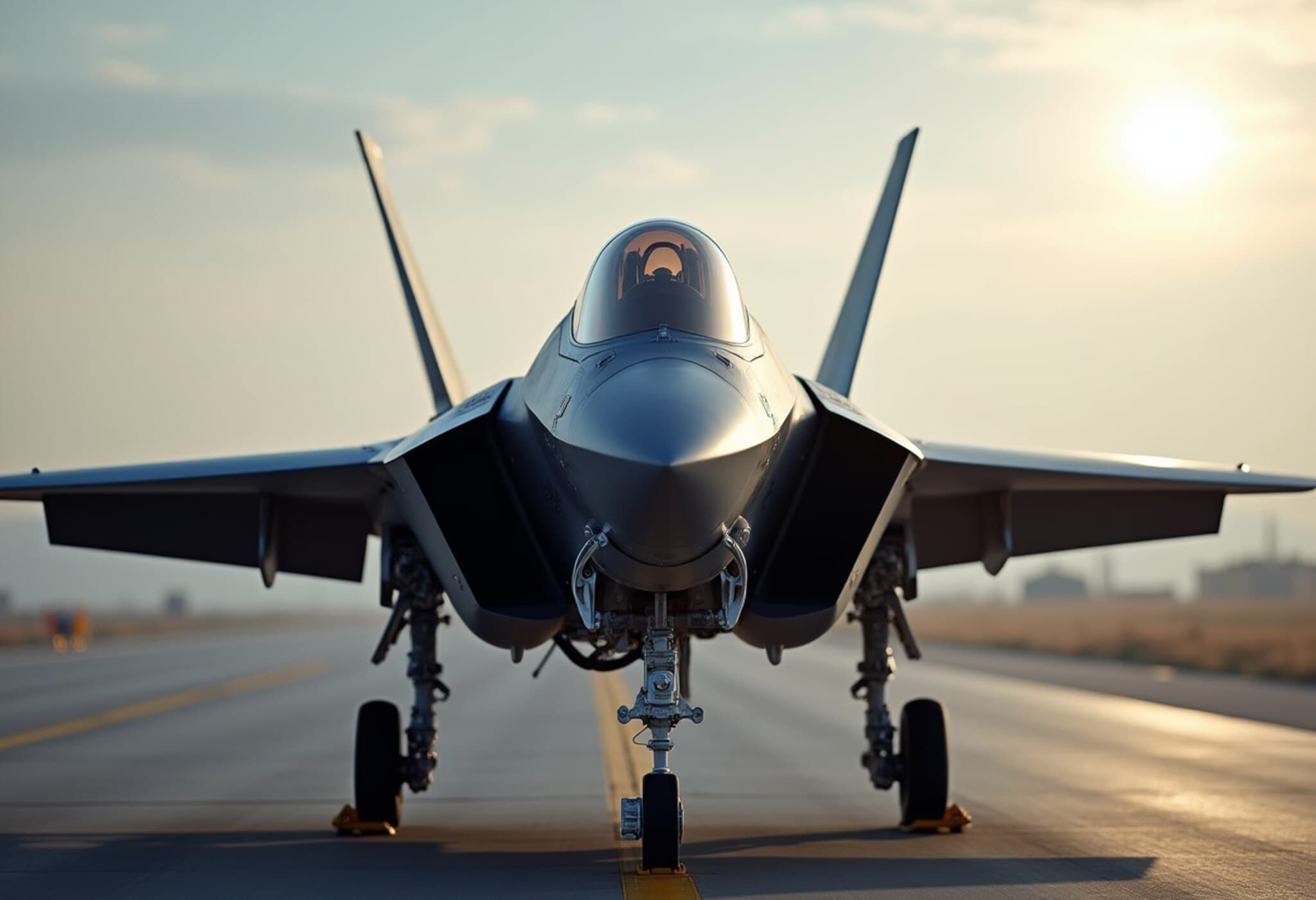Delta Air Lines Flight Diverts After Sudden Severe Turbulence Injures 25 Passengers
On July 30, 2025, a Delta Air Lines flight bound for Amsterdam from Salt Lake City was unexpectedly thrown into chaos when it encountered severe turbulence over the American Midwest. The harrowing incident forced the aircraft to divert and make an emergency landing at Minneapolis–St. Paul International Airport, where medical teams quickly responded to assist the injured.
Immediate Aftermath and Passenger Safety Concerns
Upon landing, emergency responders provided urgent care, transporting 25 passengers to nearby hospitals for evaluation and treatment. While official statements have not detailed the exact nature or severity of injuries, the number and prompt hospitalizations underscore the turbulence's intensity.
A brief statement from Delta Air Lines acknowledged the event, emphasizing that "turbulence is rare but can be unpredictable," reiterating the airline's commitment to passenger safety amid such sudden challenges. Meanwhile, aviation and safety authorities have launched an investigation into the precise factors that led to the unusually strong turbulence encounter.
Rarity of Severe Turbulence, But Rising Risks in Modern Aviation
Although turbulence-induced injuries are typically infrequent and mostly minor, experts caution that climate change is altering global weather patterns, potentially increasing turbulence intensity and frequency along transcontinental flight paths.
- Jet stream fluctuations: Research indicates shifts in jet streams—fast flowing air currents—may exacerbate turbulent conditions over the northern hemisphere.
- Historical context: Severe turbulence fatalities are rare but not unprecedented. In May 2024, a Singapore Airlines passenger tragically died after encountering brutal turbulence, marking one of the first such deaths in decades.
- Passenger precaution: This underscores the importance of keeping seat belts fastened whenever seated, even when the seat belt sign is off.
Broader Implications for Airline Safety and Climate Adaptation
As commercial aviation grapples with evolving atmospheric conditions, airlines may need to invest more heavily in predictive technologies, such as advanced weather radar and turbulence forecasting models. These tools can help pilots avoid the most unstable airspace, providing safer and smoother flights.
From a policy perspective, regulators and industry stakeholders must consider updating safety protocols and crew training to better equip flight teams for increasingly unpredictable weather events. This incident serves as a stark reminder that no matter how far aviation technology has advanced, nature can still wield surprising and formidable forces.
Expert Insight: Navigating the New Reality of Air Travel
Dr. Amelia Grant, an atmospheric scientist specializing in aviation meteorology, comments, "This incident highlights the subtle but significant impact climate change has on flight safety. The increasing variability in wind patterns means airlines and airports must adapt quickly, improving both technological tools and passenger awareness to maintain safety standards.”
Meanwhile, aviation safety specialists emphasize the human factor — passengers remaining buckled and following crew instructions — as critical life-saving steps during such turbulent episodes.
Editor’s Note
This unexpected turbulence event aboard Delta Flight 123 serves as both a sobering and instructive episode for travelers and the airline industry alike. Beyond the immediate concern for passenger wellbeing, it prompts us to reflect on how climate change is quietly reshaping the skies we traverse. As we push for greener, smarter aviation technology, adapting to these new atmospheric realities will be vital — for airlines, regulators, and passengers.
Readers are encouraged to consider simple safety habits, like always wearing seat belts whenever seated, and to stay informed on airline safety updates as the industry navigates these complex new challenges.



